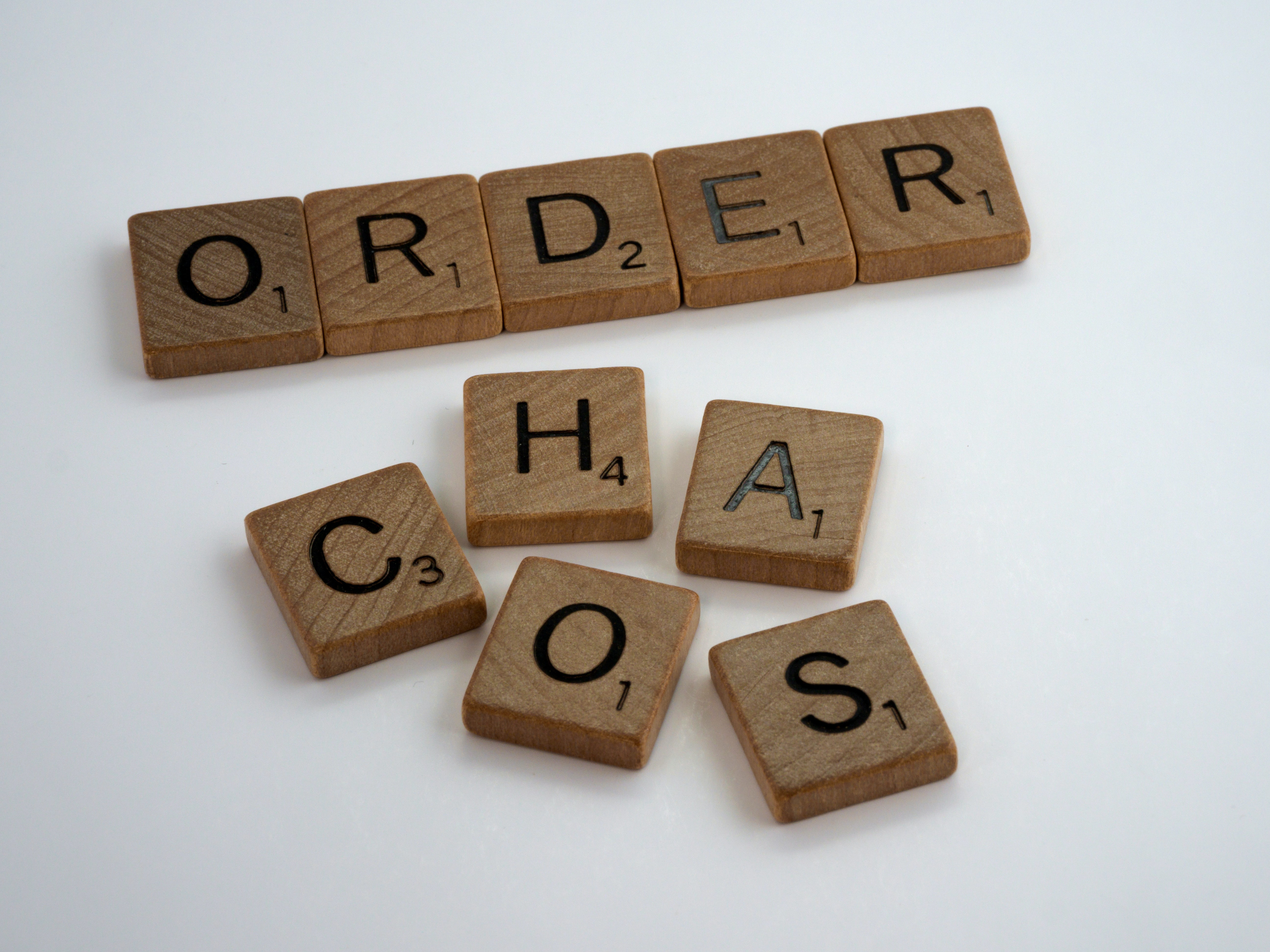How to Reduce Expenses by Using a Preferred Supplier

Managing your supplier expenses is critical to your profitability. People can tend to focus their efforts on the “visible” part of an iceberg and neglect to see the dangers of the “invisible”, in this case the size of the iceberg under the water line. What does the “iceberg principal” have to do with the management of supplier expenses?
In my experience, everything.
The Iceberg Principal for Expenses – The Hidden Costs
Based on my experience, many businesses follow a decentralized purchasing approach – they don’t have a Purchasing or Spend Management Team or process in place to control the addition, deletion of suppliers.
Additionally, businesses don’t typically quote suppliers and they don’t limit the suppliers used across the enterprise in a given expense category.
In fact, many Managers are given the freedom to use whomever they want as suppliers – which exacerbates the problem altogether, adding cost, complexity and inefficiency.
Most businesses focus on the price they pay for an item of service (visible part of the iceberg above the water line), but neglect the larger part of expenses having to do with competitive business terms, processes and the amount of suppliers used in the process.
All this adds up to costs that are not visible (below the water line) that can be quite extensive and very expensive to an organization.
Reasons for Broad Supplier Bases & High Supplier Costs
Why do businesses end up with broad supplier bases and incur excess costs? There are a few common reasons why this happens.
- Decentralized Structure – Decentralized purchasing structures will lead to inefficiencies/redundancies by their very nature
- Management Turnover – Turnover of management will ultimately lead to new suppliers as new management tends to bring selected suppliers with them into new roles
- Lack of Supplier Management process – If there are no policies limiting the addition of new suppliers, the supply base will grow
- Employees Lack Preferred Supplier Visibility – Unless Managers and employees know who the Preferred Supplier is and your expectations, they will feel free to add new suppliers that they think bring a strong value proposition
- Supplier Pricing – If a supplier knows they are just being added to the mix and not receiving all of the spend in the expense category, your pricing will be sub-optimized, with pricing higher than it needs to be.
Avoiding the Hidden Costs Iceberg with a Preferred Supplier
One of the most efficient ways to manage supplier expenses whether you are centralized or decentralized is to create a Preferred Supplier Program for your organization. Many organizations designate Preferred Suppliers in a particular expense category. For instance, a dealership group might quote and negotiate a great program with ABC Office Supply company for all office supply needs. Pricing is negotiated, locked, training is accomplished and communications are sent to employees advising them to use ABC Office Supply as the designated office supply company.
In most quarters, the selection of ABC is considered the “Preferred Supplier” of the organization and is the supplier that should be utilized for all purchases maximizing your leverage and reducing the internal inefficiencies that come with multiple suppliers in a category.
Benefits of a Preferred Supplier Program
Preferred Supplier programs will reduce costs, reduce complexities and increase the efficiencies of your business by providing the following benefits:
- Improved Pricing – Terms – Reduced Costs – Preferred suppliers expect to garner the majority of your category spend and as such, should provide the most competitive, sustainable pricing and business terms available only to their best customers for all of the supplies and services you purchase based on a competitive RFQ and agreement.
- Improved Product and Service Quality – The level of service, product quality, training, management of the account should be exceptional due to their understanding of your business and analogous to that of a “partnership” where objectives are achieved and even exceeded routinely.
- Internal Efficiencies – Preferred Suppliers should be known to all Management and Employees of your organization through a Preferred Supplier listing or designation. When your team understands that the Preferred Supplier should be the primary or only supplier in this category, there should be a significant reduction in like, non-preferred suppliers in the same category and an immediate improvement in internal efficiency.
- Risk Mitigation – Preferred Suppliers will have more at stake with your business and should keep you in compliance with local, state and federal regulations, and they will be watchful over any potential supply chain disruptions.
- Innovation – Preferred Suppliers should keep you abreast of industry innovations, technologies, processes, strategies to keep you ahead of your competition
- Communications – Typically a Preferred Supplier will have a more senior representative supporting your account which should facilitate quicker resolution of product, service and invoicing issues.
Target a 25% Reduction in Your Supplier Base – Savings of $292K annually
| Current Suppliers | New
Suppliers |
Supplier Reduction | Old Supplier Management Costs | New Management Costs | Annual Savings |
| 600 | 450 | 150 | $1.170M | $877,500 | $292,500 |
Suggested Next Steps
There is more to reducing costs than getting your supplier to provide price breaks. While those price breaks are important, your supplier strategy can yield hundreds of thousands, even millions of dollars in efficiencies each year if structured correctly. After all, for those groups that are growing, achieving economies of scale are one of your primary objectives, correct? Well then, let’s get some of those economies in your supplier base and internal efficiencies by following the next steps outlined below.
- Pull a 12 month spend report from your DMS system, export to excel for sorting purposes
- Count total suppliers you used in the previous 12 months
- Label each supplier according to the 100 expense categories you utilize
- Identify one or two likely “Preferred Suppliers” for each expense category
- Develop a Request for Quote (RFQ) in each category – provide to your supplier candidates for pricing
- Analyze the results for each category and make a supplier selection
- Announce your results to the suppliers – structure a contract, or preferably, use your RFQ as the guiding document
- Publish your Purchasing Policies limiting the selection of suppliers to those you designate
- Communicate your Preferred Supplier program to all employees at all locations
- Manage compliance through a report from A/P showing compliance or non-compliance
Leadership and management can be hard work. This Preferred Supplier program is not difficult to implement but does take some time. The alternative to this process is to have an organization that perpetuates poor supplier strategy resulting in significant wasted time and dollars for years to come.
2021 might be the time to make these improvements happen.
If you are planning to undertake this effort to get your spend management function set up and running correctly, you do not have to go it alone.
If you are planning to undertake this effort to get your spend management function set up and running correctly, you do not have to go it alone. StrategicSource’s Profit Improvement program help you identify areas for improvement long-term.

